Over the past nine months, Vietnam's coffee exports are estimated to have reached 1.23 million tons, worth 6.98 billion USD, up 11.1% in volume and a sharp increase of 61.4% in value over the same period; this result far exceeds the 2024 figure of 5.48 billion USD. To maintain a long-term advantage for the coffee industry, production innovation and enhanced deep processing play a decisive role.
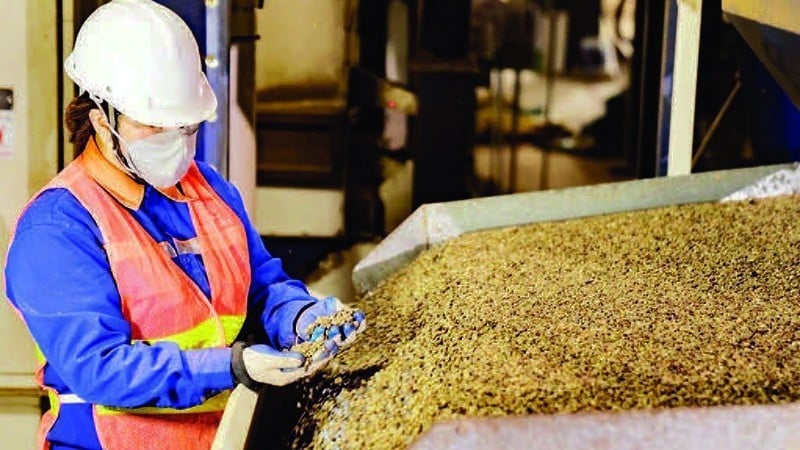
According to Chairman of the Vietnam Coffee-Cocoa Association Nguyen Nam Hai, in the 2024-2025 crop year, coffee export prices highest ever, at one point reaching 5,850 USD/ton. By the end of September 2025, the average export price of coffee is estimated to reach 5,658 USD/ton, up 45.3% over the same period, bringing the turnover to a record level. Data from the Import-Export Department ( Ministry of Industry and Trade ) also shows that in the first 8 months of this year, Vietnam's coffee exports grew in most categories.
Of which, Robusta coffee exports played a key role, reaching 949.6 thousand tons, worth 4.91 billion USD, up 5.8% in volume and a sharp increase of 57.3% in value. Arabica coffee exports also grew strongly with 60.5 thousand tons, worth 401.3 million USD, up 13.2% in volume and 120.3% in value. In particular, processed coffee exports have become a new growth driver, reaching 1.18 billion USD, up 63.5% over the same period. Faced with a significant increase in demand for the processed coffee segment, to maintain a sustainable competitive advantage, the Vietnamese coffee industry needs to quickly improve processing capacity, standardize quality and build a national brand.
Specifically in the US, Vietnam is the 4th largest coffee supplier in the first 7 months of the year, reaching 70.6 thousand tons, worth 412.4 million USD, down 12.7% in volume but up 49% in value over the same period. According to the National Coffee Association of America, the demand for coffee in the US remains high and stable, 66% of adults drink coffee every day, an average of 3 cups/person.
Consumption trends are focused on processed coffee, specialty coffee, original coffee (espresso) and home brewing. In the context of the US imposing a 50% tax on Brazilian coffee and dry weather, which has pushed up the price of Arabica coffee, roasting companies have been forced to adjust by increasing imports of Robusta coffee, diversifying supply sources to Colombia, Central America, and Vietnam. Therefore, this is a favorable time for Vietnam to boost coffee exports to the US, especially the processed segment.
However, there are also nearby markets where Vietnam's coffee exports have decreased in both value and volume, such as Thailand. In the first 7 months of the year, despite being the second largest coffee supplier to Thailand, Vietnam only reached 5.63 thousand tons, worth 30.14 million USD, down 76.1% in volume and 63.1% in value over the same period. Vietnam's coffee market share in Thailand's total imports has dropped sharply, from 67.11% in the first 7 months of 2024 to 25.9% in the first 7 months of this year. The reason is that Vietnamese businesses have not yet made a quick and effective shift to processed products, while demand for these items has grown strongly in Thailand.
Along with processing, to maintain growth momentum and sustainable advantages in the global market, Vietnamese coffee needs to be standardized right from the production stage to gradually build its own brand. Mr. Ngo Quoc Vu, Deputy Head of Sustainable Agriculture Development Department of Dak Lak 2-9 Import-Export Company Limited (Simexco Daklak) said: Currently, 100% of the company's raw material areas have met the standards of the Anti-Deforestation Regulation (EUDR), firmly exporting to the EU market.
The company has deployed a digital agricultural map of the coffee industry covering tens of thousands of farming households; operated a traceability system for each order, allowing customers to directly access transparent information from the garden, while promoting support for farmers to reduce emissions to increase the competitiveness of coffee. Recently, the company organized a program to distribute organic microbial fertilizers, joining hands for a carbon-reducing agriculture, supporting 400 farming households with a total value of 650 million VND. Simexco Daklak is not only an exporter but also committed to accompanying farmers throughout the production journey.
According to the forecast from the Import-Export Department (Ministry of Industry and Trade), in the coming time, the prospect of coffee supply will improve significantly, especially in Vietnam and Brazil. In the 2025-2026 crop year, Vietnam's coffee output is forecast to reach 1.76 million tons, equivalent to 29.4 million 60-kg bags, up 6% compared to 2024. This will be the largest harvest since the 2021-2022 crop year, contributing to reducing the pressure of supply shortage in the market. Therefore, many roasters and processors are currently delaying purchases, waiting for prices to adjust, so in the short term, world coffee prices are forecast to decrease. Therefore, focusing on high-quality production and deep processing to maintain export prices is a fundamental solution for the Vietnamese coffee industry to maintain target markets in the face of global fluctuations.
Source: https://baolangson.vn/giu-loi-the-cho-nganh-ca-phe-viet-nam-5063723.html


![[Photo] Fall Fair 2025 and impressive records](https://vphoto.vietnam.vn/thumb/1200x675/vietnam/resource/IMAGE/2025/11/03/1762180761230_ndo_br_tk-hcmt-15-jpg.webp)
![[Photo] Lam Dong: Close-up of illegal lake with broken wall](https://vphoto.vietnam.vn/thumb/1200x675/vietnam/resource/IMAGE/2025/11/03/1762166057849_a5018a8dcbd5478b1ec4-jpg.webp)
![[Photo] General Secretary To Lam receives Singaporean Ambassador Jaya Ratnam](https://vphoto.vietnam.vn/thumb/1200x675/vietnam/resource/IMAGE/2025/11/03/1762171461424_a1-bnd-5309-9100-jpg.webp)


![[Photo] Prime Minister Pham Minh Chinh receives the Chairman of the Japan-Vietnam Friendship Association in the Kansai region](https://vphoto.vietnam.vn/thumb/1200x675/vietnam/resource/IMAGE/2025/11/03/1762176259003_ndo_br_dsc-9224-jpg.webp)




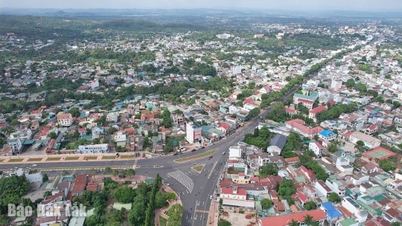

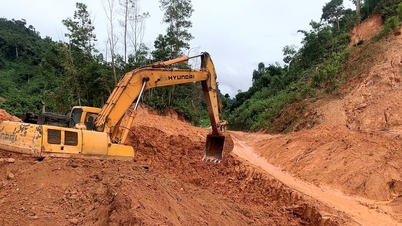


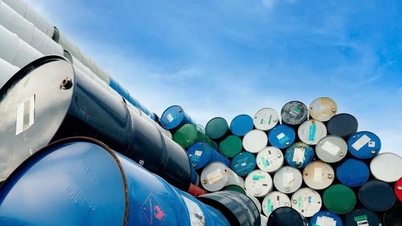






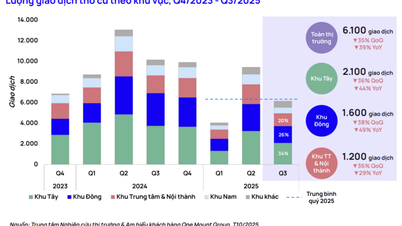
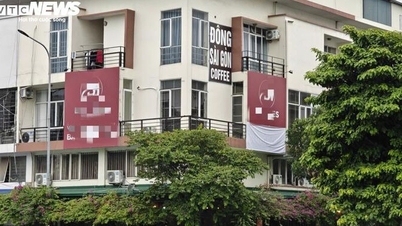


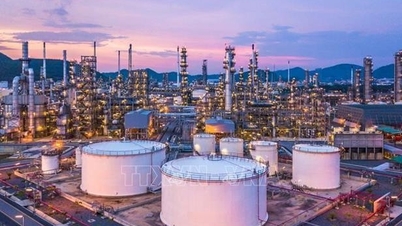





























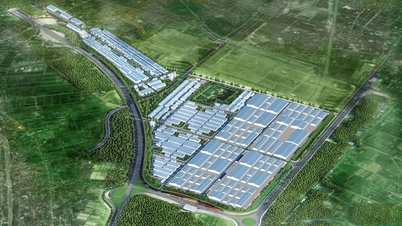













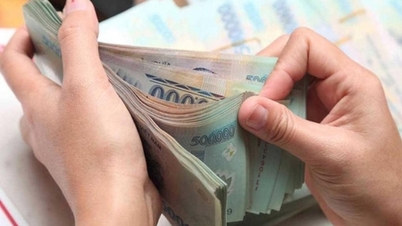











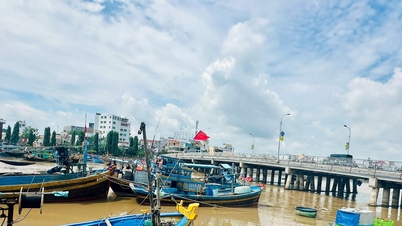






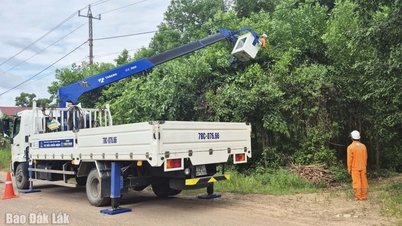


















Comment (0)